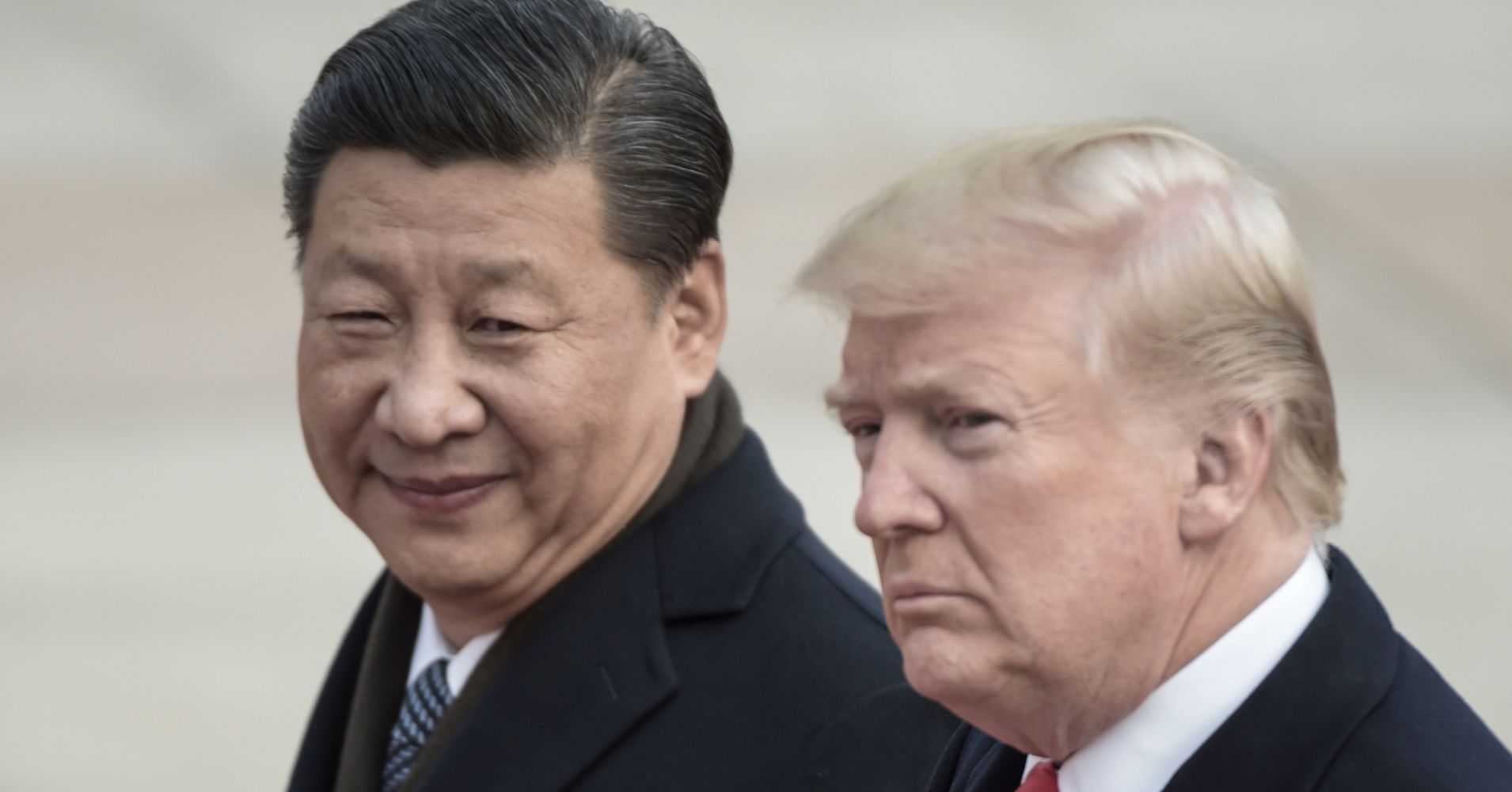Media Report

- The Washington Post reports, "President Trump said Thursday he would meet Chinese President Xi Jinping next month in hopes of finalizing a trade deal, even as a leading business group warned that China had offered nothing new to resolve several major stumbling blocks during two days of talks this week. Trump's decision to seize control of the negotiations raised the already high stakes in efforts to defuse a conflict between the world's two largest economies. Negotiators, who have yet to prepare a draft agreement, must in the next 30 days settle issues that have bedeviled U.S. and Chinese diplomats for years, if they are to leave the two presidents with a manageable to-do list for any head-to-head bargaining."
- The New York Times reports, "...More than a hundred Chinese workers who once assembled and tested Apple iPhones queued up on a recent morning outside Gate 7 of the vast Changshuo electronics factory to collect their severance and go on their way. They had once hoped that their assembly line jobs would give them big enough paychecks to propel them into a better life. That was before consumers in China turned up their noses at Apple's new iPhone XR and its nearly $1,000 price. Work slowed. Overtime evaporated. And now workers are giving up. 'Usually we had 80 to 90 extra hours' per month, said Zhang Zhi, 25, who had worked two years at the factory but was now standing in the quitting line. Starting in late October, her supervisors started sending her home early and giving her two-day weekends, eating into her overtime. In December, her pay totaled about $370, roughly half what she had made in the busiest months."
- The Wall Street Journal reports, "Soybean futures jumped after China agreed to purchase 5 million tons of the oilseed from the U.S., though agricultural officials remained skeptical the deal would much dent a projected record U.S. soybean stockpile. The planned soybean buy, announced on Thursday in Washington, would nearly double the average monthly quantity that Chinese importers purchased in 2017 and 2016, according to U.S. Agriculture Department data. But with Chinese buyers having avoided U.S. soybeans for months up until late December, traders said much more is needed to ensure that U.S. farmers can sell what is forecast to be a record 2018 soybean crop. 'The 5 million metric ton verbal commitment means very little, in volume terms,' said Terry Reilly, senior commodity analyst with Futures International. 'But it's an indication China and the U.S. are finally making progress.'"
Calendar
- 2019-01-31 Trump Says No Final China Trade Deal Until He Meets With Xi
- 2019-01-30 Critical China trade talks open amid tough U.S. action against Huawei
- 2019-01-29 China slams US over 'unreasonable crackdown' on Huawei
- 2019-01-28 Canada’s Ambassador to China Pushed Out Over Controversy
- 2019-01-27 America Pushes Allies to Fight Huawei in New Arms Race With China
- 2019-01-25 China says Soros' criticism of Xi is 'meaningless'
- 2019-01-24 China Appears to Block Microsoft’s Bing as Censorship Intensifies
- 2019-01-23 Top White House adviser says no trade meetings with China canceled
- 2019-01-22 U.S. to formally seek extradition of Huawei executive Meng Wanzhou: Globe and Mail
- 2019-01-21 Concerns about global economy grow
News
- The Washington Post Trump plans to meet Chinese leader Xi Jinping to resolve trade dispute
- The New York Times Apple Takes a Hit in China, and Workers There Feel the Pain
- The Wall Street Journal Soybean Futures Rise on China Purchase Plans
- Reuters Drill, China, drill: State majors step on the gas after Xi calls for energy security
- The New York Times Blackwater Founder's New Company Strikes a Deal in China. He Says He Had No Idea.
- The Washington Post Teaching China to recycle, village by village
- Bloomberg Huawei to Announce Canadian Telecom Trial Amid Extradition Feud
- CNBC If Trump and Xi agree to meet, presume a trade deal has been hammered out, former U.S. trade representative says
- Reuters Stock rally pauses after disappointing China data
- CNN China's stock market had a terrible 2018. This year could be a lot better
- The Wall Street Journal China Counts the Costs of Its Big Bet on Venezuela
- Reuters China's Xi surprises Beijingers with casual pre-new year visit
- The Wall Street Journal Japan's Top Business Group: China Isn't an Enemy
- Reuters Disappearing textbook highlights debate in China over academic freedom
Commentary
- Foreign Policy Who Benefits From the U.S. Crackdown on Huawei?
- The Washington Post China's attack on human rights and the rule of law continues
- Forbes Bungling the China Deal
- The Wall Street Journal Banking with Beijing
- Forbes China in 2019: Four Areas to Watch (Including A Movie For Kids)
- Radio Free Asia China's Belt And Road Initiative Blackened by Coal
